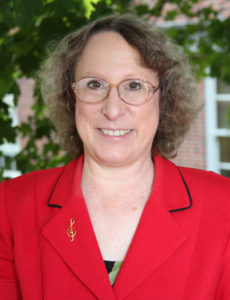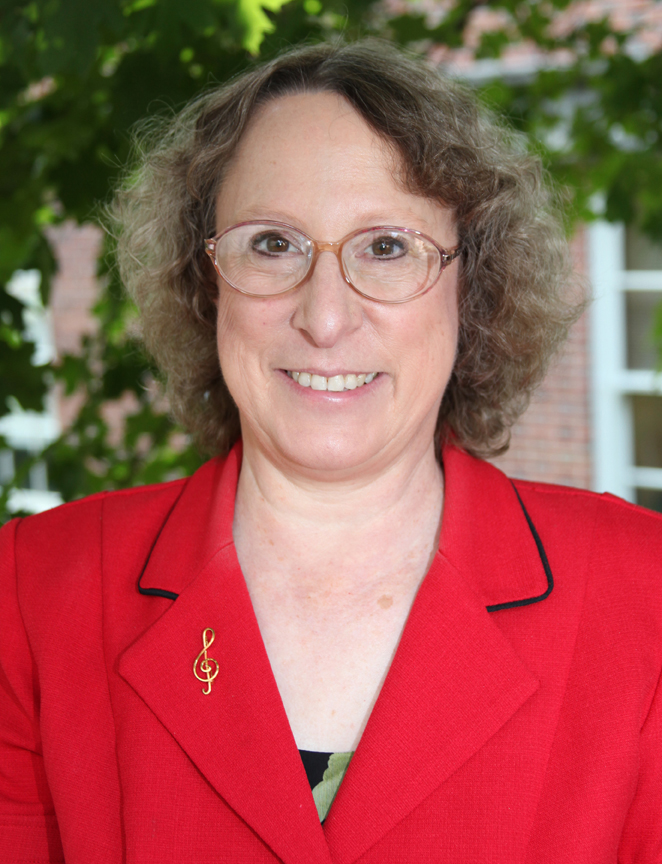

As more education policy makers become familiar with research demonstrating the many benefits of music in learning, there seems to be increasing interest in new ways of using musical elements in early childhood education. Preschool teachers who understand how music education supports their students’ development have many options for integrating it into their classrooms.
Preschool music education supports development at a critical period in children’s lives
“The most important reason to provide high-quality musical environments for young children is because this is a critical period for growth in their musical skills and understanding, as it is for other aspects of learning, and children should have the opportunity to develop all of their potential skills and possible talents,” said Wendy L. Sims, PhD, professor and Director of Music Education at University of Missouri-Columbia.
“This is not to turn them into child prodigies; it is to provide them with the basis for and interest in future music participation and learning,” said Dr. Sims. “Music participation, as a performer or consumer, has the potential to enhance the quality of life, something very important in and of itself this day and age.”
The National Association for Music Education’s Broader Minded website provides comprehensive information about the ways music education helps students develop better understanding of themselves and the world in addition to supporting academic achievement.
https://youtu.be/3OZUufyeg7E
Most early childhood educators lack music education training
Unfortunately, many early childhood educators have little preparation for or experience with implementing music education in their classrooms. “Often child development or early childhood education programs do not require even basic music proficiency or music teaching methods coursework in their curricula,” said Dr. Sims.
Education degree programs — especially those for preschool teachers — would greatly benefit from partnerships with music educators. “While there is a cadre of music education professionals who are ready to assist, serve as consultants or in-service clinicians, there is not an established network to help early childhood educators and early childhood music educators ‘match up’,” she continued.
How can teachers use music learning resources in the preschool classroom?
Dr. Sims said research makes it clear that playing music during nap time or in the background during dramatic play is not sufficient for many of the benefits of music to accrue. “Those are fine ways to expose children to a variety of music and should be used to do so, from classical to jazz to world music,” she said. “But it is through participation, including singing, moving, playing classroom instruments, learning to listen perceptively, learning how sounds can be expressive, that children develop the beginning skills, knowledge and attitudes that will facilitate future music participation and study.”
She said that although quality is something to strive for, in the early years it’s just as important for adults to model that they value music, use it without being self-conscious, and not convey discomfort to the children.
“Early childhood educators are often not confident in their own musical abilities, and thus reluctant to use music in their classrooms. Early childhood music educators, however, would encourage them to ‘just do it!,’” said Dr. Sims. Preschool teachers can incorporate music effectively and easily into their classrooms with activities including:
- Sing songs with children during group time or as part of classroom routines
- Play a variety of music styles using library or streaming resources
- Move and dance to music with students
- Provide a music center where children can explore sound-making objects
- Add expressive sounds and sound effects when reading stories and poems
- Provide music for individual listening during free choice time
Another way young children are being served in music education is through programs set up specifically to provide specialized music classes for children and their caregivers. These are typically taught as extracurricular classes outside school, but sometimes they are contracted by preschools as well.
Research: Music education resources improve academic performance and student engagement
“The current emphasis on testing at all levels has the potential to result in reduced state or university requirements for the arts in the certification of early childhood and elementary education programs, which is very discouraging to arts educators,” said Dr. Sims.
She sees potential in arts education organizations such as Turnaround Schools, which gives struggling schools musical instruments and licensing rights for school musicals while providing weekly music instruction from specialists and arts-specific teacher professional development. Turnaround Schools also organizes school visits from high-profile artists, including musicians like cellist Yo-Yo Ma, singer-songwriter Jack Johnson and opera singer Carla Dirlikov.
“To some extent, the arts classes in schools provide an antidote to the emphasis on the test-driven instruction and pressures that occur in other subjects,” she said. “There also is strong evidence that integrating the arts into the general elementary classrooms, in conjunction with sequential arts instruction taught by specialists, has very positive effects on student learning, engagement and school climate.”
New standards for arts education were released in 2014 that include prekindergarten and kindergarten standards. The national organizations involved hope that these will assist educators at all levels with planning for meaningful, sequential arts instruction.The standards are accompanied by materials designed to help guide curriculum and assist with implementation and assessment.
Supporting preschoolers’ natural musicality at home
“Young children are naturally musical,” said Dr. Sims.“They chant, sing, move, demonstrate rhythmic behaviors, and explore sounds everywhere from the crib to the shopping cart to the playground.” In addition to using music education in the classroom, teachers should encourage parents to sing, dance and enjoy music with their preschoolers.
“Much in the same way children should be read to and have books in their environment to engage with, they should be sung to, moved with, and have high quality music in their environment,” she continued.
Play time at both school and home should include a variety of musical elements. Experimentation with different sources of sound is not only fun, but also supports preschool children’s brain development.
“Exploration, whether with pots and pans, or shakers and drums, or keyboard apps on tablets, should be encouraged in the same way children are encouraged to experiment with clay or pour water in and out of different sized containers,” said Dr. Sims.
She concluded that the most important way to encourage musical development in young children is to provide them with an environment rich with music and musical opportunities, and with interested and encouraging teachers, caregivers and parents with whom to share musical experiences.
Erin Flynn Jay is a writer, editor and publicist, working mainly with authors and small businesses since 2001. Erin’s interests also reach into the educational space, where her affinity for innovation spurs articles about early childhood education and learning strategies. She is based in Philadelphia.
Categorized as: Tips for Teachers and Classroom Resources
